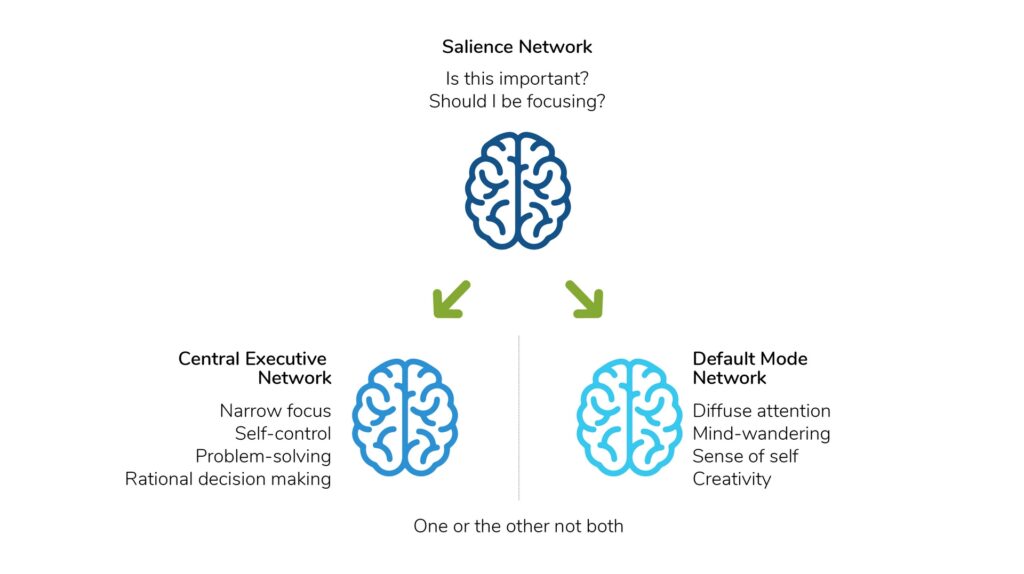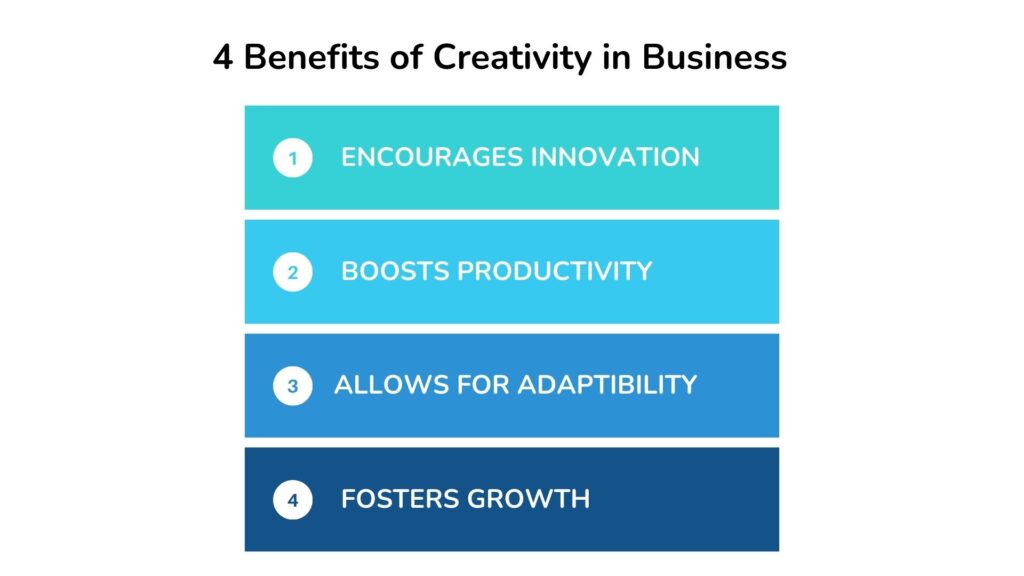The Psychology of Creativity
Creativity usually runs hand-in-hand with critical thinking. If problem-solving is critical thinking’s twin, creative thinking is the other side of the critical thinking coin. In this article, mind-n offers a deconstruction of the psychology of creativity so we can develop this skill.
Imagine a bustling office where a project team stuck on a challenging problem suddenly experiences a breakthrough. This moment of creativity, sparked not just by talent but by a cultivated potential, exemplifies John R. Hayes’s view of creativity as an ability to produce creative output.(1)
Creativity or creative thinking refers to generating new and innovative ideas, concepts, or solutions by breaking away from traditional thought patterns and connecting seemingly unrelated concepts. It involves approaching problems or challenges in a non-linear and unconventional way, often leading to unique and original outcomes. Creativity can manifest in various domains, such as science, art, literature, music, and technology. It can take many forms, from a scientific breakthrough to a painting, an invention, and a poem.
However, despite its obvious importance, how creativity manifests still needs to be fully understood. In this blog, we will explore the concept of creativity and the psychological processes that underlie it.
Neuroscience of Creativity
A long-held belief states that creativity is a function of the brain’s right hemisphere. Modern neuroscience has debunked this myth. Instead, it is now known that creativity involves intricate interactions between different brain parts.
Creativity encompasses the intricate interplay of several large-scale neural networks in the brain, each contributing uniquely to the creative process. Deeply embedded in the brain, the salience network filters and responds to internal and external stimuli pivotal in directing attention and action. The default mode network, active during rest, is involved in daydreaming, memory recall, and social cognition and helps construct mental simulations. Meanwhile, focusing on the prefrontal cortex and parietal lobe, the executive attention network manages conflict between thoughts, feelings, and responses, which is crucial for concentrated problem-solving and innovative thinking. Together, these networks illuminate the complex and dynamic brain activity underlying creativity.(2)

Source: Mind-Wandering and The Dark Side of Productivity (2020), michaelashcroft.org
Contextualizing Creativity in the Workplace:
Contextualizing Creativity in the Workplace:
– Albert Einstein

Source: The Importance of Creativity in Business (2022), Harvard Business School, online.hbs.edu
In a world where change is the only constant, the ability to develop creative solutions is a necessary skill. From the bustling floors of tech startups to the strategy rooms of healthcare, creativity is no longer a luxury but a necessity, driving growth, adaptability, and ground-breaking innovations. As we delve into the benefits of creativity in the workplace, we’ll explore how it’s not just an artistic attribute but a strategic asset in the business arena.
- Innovation: Creativity is essential for generating unique and original ideas, which are vital for innovation. While not all creative ideas are inherently useful, innovation cannot exist without creativity.
- Productivity: A creative approach to work can lead to more innovative strategies, thus enhancing productivity. It helps in moving away from stagnant routines, fostering improvement and growth.
- Adaptability: In the face of unexpected events or challenges, such as the COVID-19 pandemic, creativity is crucial for adapting and maintaining business operations. It allows for flexible responses to big problems without overhauling the business model.
- Growth: Overcoming cognitive fixedness, which limits problem-solving to familiar methods, is essential for business growth. Creativity challenges this fixedness, encouraging diverse thinking and approaches.

Source: The Importance of Creativity in Business (2022), Harvard Business School, online.hbs.edu
Creativity and innovation are highly sought-after skills across industries, including healthcare and manufacturing, due to their ability to solve complex challenges. (3)
Ways to Boost Creativity
Science has shown us that enhancing one’s creative thinking skills is possible. These science-backed strategies, excerpted from Steven Kotler’s book “The Art of Impossible: A Peak Performance Primer,” offer more than just tips – they provide a roadmap to transform thought processes and approach challenges with renewed creativity and ingenuity.
- Befriend Your Anterior Cingulate Cortex (ACC): A positive mood activates the ACC, which is crucial for creative insights. For example, when you’re happy, your brain is more attuned to unusual ideas or hunches, leading to innovative solutions. Practices like expressing gratitude, engaging in mindfulness exercises, and maintaining a healthy lifestyle can foster a positive mood, thus boosting creativity.
- Value ‘Non-Time’: Allocating time for solitude and undisturbed thinking, or ‘non-time,’ is essential. During these periods, your brain can wander, exploring diverse ideas and perspectives. For instance, taking a quiet walk without distractions can lead to sudden creative insights. (3)
- Embrace Constraints: Surprisingly, limitations can spur creativity. Setting specific constraints provides a framework that can lead to more creative solutions. For instance, a writer adhering to a strict word count might find more innovative ways to express ideas concisely.(4)
mind-n Pro-Tip:
We have several meditations and music therapy protocols to help push you towards higher emotional frequencies or vibrations. Sometimes, deep rest can give rise to creative, out-of-the-box thinking since the mind is well-rested.
In Conclusion
Creativity in the workplace is not a luxury but a necessity for innovation, productivity, adaptability, and growth. Understanding the neuroscience behind creativity, creating an environment that fosters innovative thinking, and employing practical strategies to enhance creativity can transform challenges into opportunities for progress and success.

Akshatha Bhat
Akshatha is a cognitive neuroscientist with eight years of academic research experience. Her work has seen her collaborate with leading labs and universities in Europe, including Philips Laboratories in the Netherlands and the University of Magdeburg in Germany. She has authored papers that have been published in several international journals.


